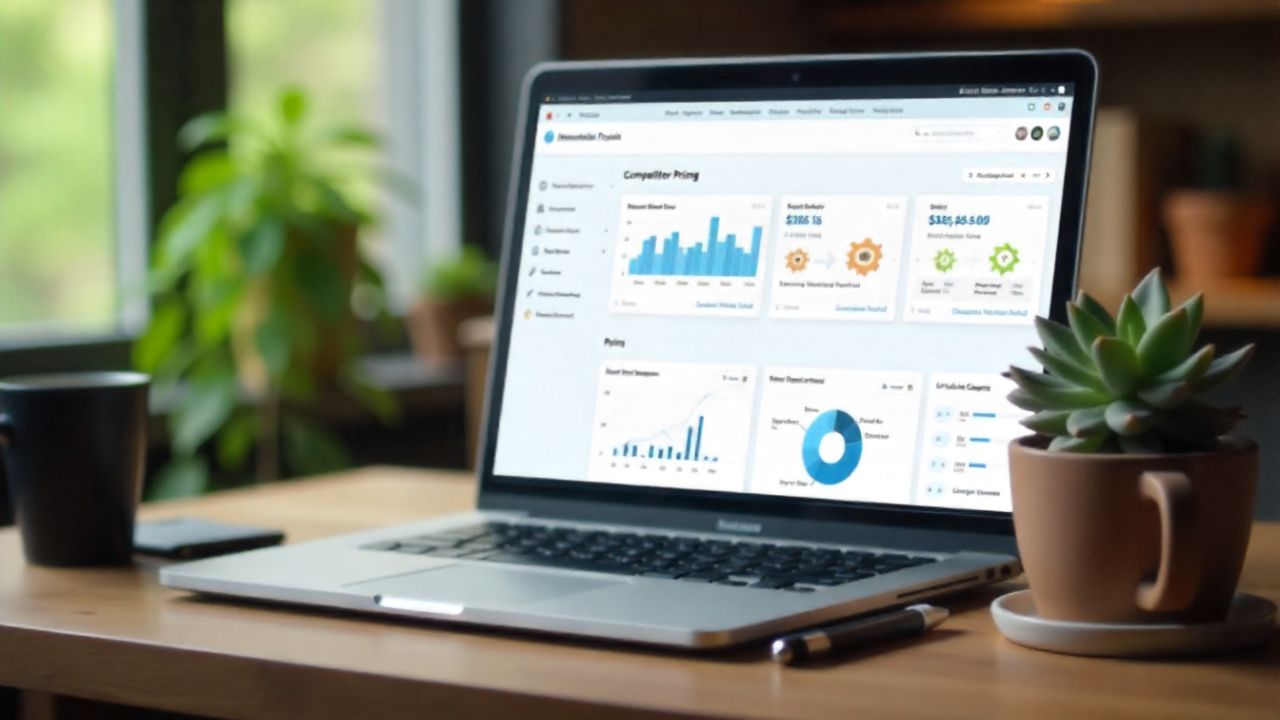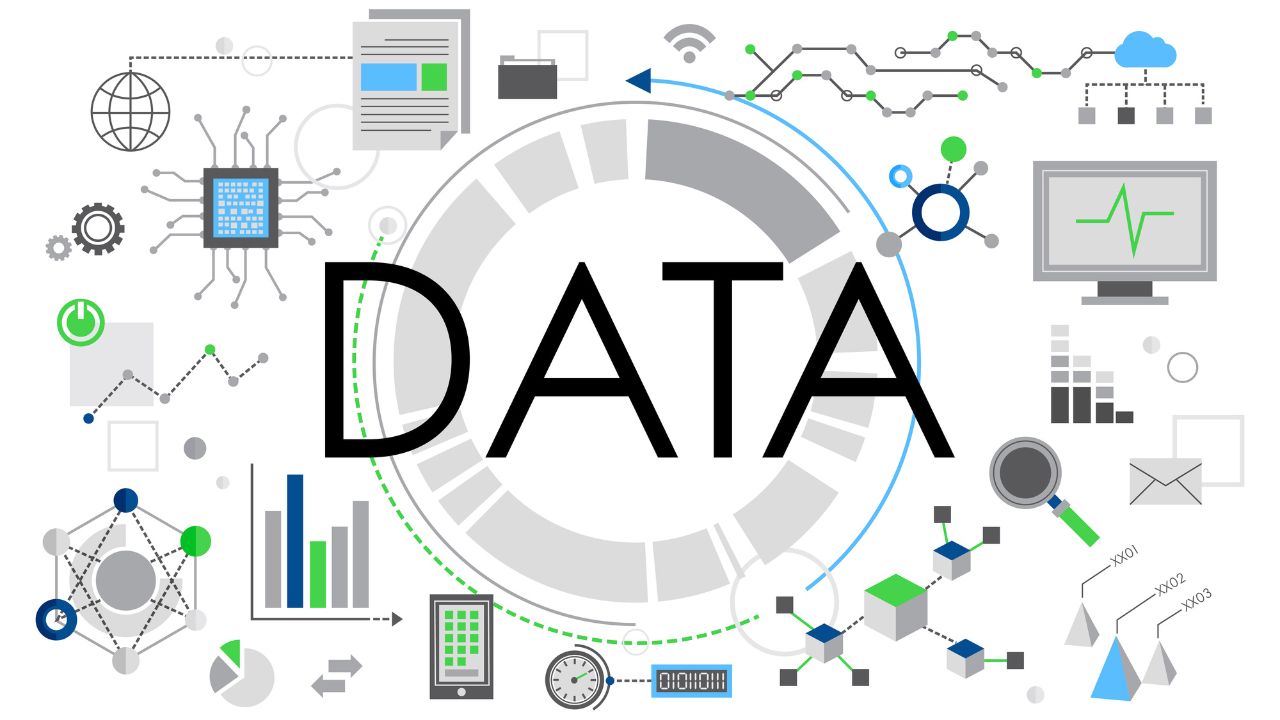Home < Blog < Comparing Manual vs. Automated Image Extraction: Pros and Cons
Comparing Manual vs. Automated Image Extraction: Pros and Cons
Posted on: July 13, 2024
In the digital age, images play a crucial role in marketing, e-commerce, and data analysis. Extracting these images from various sources can be a daunting task. Businesses have two primary methods for image extraction: manual and automated. Each approach has its own set of advantages and disadvantages. This article explores both methods to help you determine which is best suited for your needs.
Manual Image Extraction
Pros:
- Precision and Accuracy: Manual extraction allows for meticulous attention to detail. Humans can identify and correct errors that automated systems might miss, ensuring high-quality results.
- Customizable Process: Manual extraction can be tailored to specific needs on the fly, adjusting to unique requirements without needing pre-defined rules or algorithms.
- Contextual Understanding: Humans can understand the context of images better, such as recognizing relevance and significance in ways that might be challenging for automated systems.
Cons:
- Time-Consuming: The manual process is labor-intensive and slow, especially when dealing with large volumes of images. It can take hours or even days to extract a substantial number of images.
- High Cost: The need for human labor makes manual extraction more expensive. Companies may need to hire additional staff or outsource the work, increasing operational costs.
- Scalability Issues: As the volume of images grows, scaling manual extraction efforts becomes impractical. It’s difficult to keep up with large-scale projects without significant resources.
Automated Image Extraction
Pros:
- Speed and Efficiency: Automated systems can extract thousands of images in a fraction of the time it would take a human. This makes them ideal for large-scale projects.
- Cost-Effective: Once an automated system is set up, it requires minimal human intervention, reducing labor costs significantly.
- Scalability: Automated systems can easily scale to handle vast amounts of data. Whether you need to extract hundreds or millions of images, automation can handle the load.
Cons:
- Initial Setup Complexity: Setting up automated systems can be complex and require technical expertise. This initial hurdle can be a barrier for some businesses.
- Lack of Flexibility: Automated systems rely on predefined rules and algorithms. They may struggle with unique or unexpected scenarios that fall outside these parameters.
- Potential for Errors: While automation is generally accurate, it can still make mistakes, especially with images that are unclear or don’t match the training data. Errors can propagate if not properly monitored.
Use Cases and Recommendations
When to Use Manual Extraction:
- Small Projects: For projects with a limited number of images, manual extraction is practical and allows for greater control over the process.
- Complex or Unique Requirements: If your project has unique needs that cannot be easily automated, manual extraction is preferable.
- High Precision Needed: In cases where precision is paramount, and errors are unacceptable, manual extraction ensures the highest accuracy.
When to Use Automated Extraction:
- Large-Scale Projects: For extracting thousands or millions of images, automation is the only viable solution.
- Cost-Sensitive Projects: When budget constraints are a concern, automation offers a cost-effective alternative.
- Recurring Tasks: For tasks that need to be performed regularly, setting up an automated system saves time and effort in the long run.
Conclusion
Both manual and automated image extraction have their place in business operations. The choice between them depends on the specific needs of your project. Manual extraction offers high precision and customization but at a higher cost and slower pace. Automated extraction provides speed, efficiency, and scalability, making it ideal for large-scale and cost-sensitive projects. By understanding the pros and cons of each method, you can make an informed decision that best suits your business requirements.
For businesses looking to explore automated image extraction, platforms like Crawl Feeds offer advanced services that can significantly enhance your data extraction processes. Whether you need pre-crawled datasets or custom scraping solutions, Crawl Feeds can provide the tools and expertise to meet your needs.
Latest Posts
Find a right dataset that you are looking for from crawl feeds store.
Submit data request if not able to find right dataset.
Custom request




